The beauty of the Trilokinath temple lies not only in the beautiful confluence of religion that you can find here but also on the road that you need to take to reach here. The journey to this ancient temple is certainly not for the faint-hearted and it is definitely one of the most beautiful yet thrilling journeys you will ever embark on in your life.
The pious temple is located on top of the snow capped mountains, which also form the backdrop, and through the dense green forests that urge you to lose yourself in them.
What is really impressive about the temple is that it signifies the whole idea of India- religious tolerance. It is basically a temple built to celebrate the confluence of both Hindus and Buddhists- who have co-existed at this very place for many centuries. The beauty of this place is further heightened by the presence of the turquoise coloured Chenab River. The temple itself is a beauty in white- which precariously hangs from a cliff.
Location
The Trilokinath Temple is actually situated in Udaipur- no this is not the heritage city of Udaipur in Rajasthan, but it is a small town located in Lahaul and Spiti in the picturesque Himachal Pradesh. While many tend to get confused between the city in Rajasthan and this town in Himachal Pradesh, the two cannot be more different.
The village of Trilokinath and the temple that goes by the same name is perched at an altitude of 2700m. The temple is merely five minutes walk from the village, and the little journey is pretty picturesque. The village is located in an area called Pattan Valley, which has earned its fame for being an exceedingly green valley in the Lahaul Region.
The village is quaint and rustic, and the simple way of life is something that city dwellers like us will crave for. It is away from the hustle bustle of the city, and here people find pleasure in the small things in life.
There are frequent bus services to this remote region, making it fairly accessible to visitors, pilgrims and tourists.
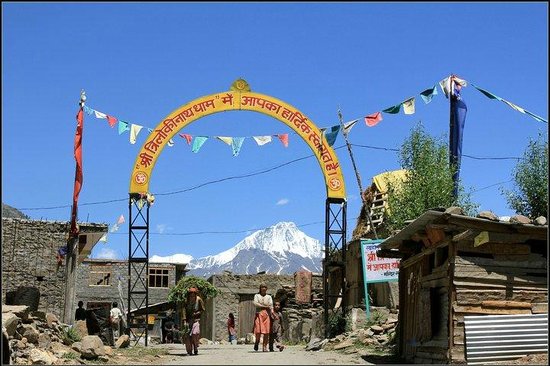 Entrance Gate of Temple | source: TripAdvisor
Entrance Gate of Temple | source: TripAdvisor
The Merger
The temple dates way back to the 8th Century and is nestled in the midst of its namesake village. The temple symbolises the true harmony between the two religions and shows how they co-existed. The deity found inside the main hall, which is said to date back to the 2nd Century, has six arms. The Hindus believe that this is Lord Shiva and worship it accordingly, whereas the Buddhists worship the deity as Avalokiteshwara. While the names of the deity are different, the devotion is the same. The shrine itself reeks of the religious harmony that is omnipresent in both this village and temple. Interestingly the Puja is performed in a Buddhist way, however, Hindu devotees come and perform their own rituals and chant their own prayers.
This beautiful temple is also said to the third most important pilgrimage site in India and occupies a seat directly after Kailash and Mansarover.
The Beauty
The architecture of the temple itself in unique and more inclined towards the Buddhist designs. The structure is completely white- a symbolism for peace. It is especially a sight to behold when the clouds clear the sky and the white temple peaks among the snow-capped mountains. It is absolutely resplendent and you can feel the aura of the temple from there itself. Throughout your journey you will come across several pilgrims, both Hindus and Buddhists all walking side by side praying to the same deity. All of their heads bowed in respect, and while their chantings are different, the positive vibrations from emanated from them have the same positive effect on the ambience and on the other visitors.
Once you reach the temple, you will find several colourful Buddhist flags, reminiscent of every nook and corner of Ladakh, can be found swaying to the wind, as it adorns the pristine white temple.
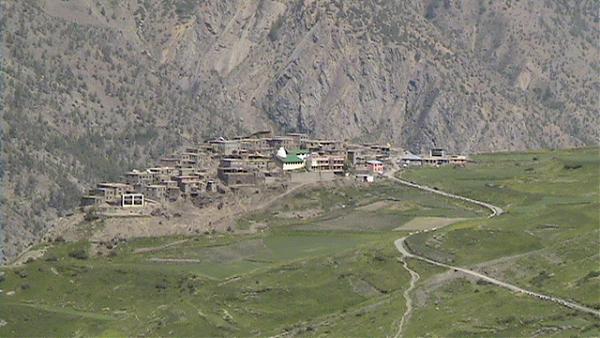 Trilokinath Village | source: Wikimapia
Trilokinath Village | source: Wikimapia
The surroundings of the Temple is what honestly gives it the kind of aura that it encapsulates. If you walk a little ahead you will witness the serene Chandrabhaga river flowing below, as the lush green grass surrounds it and gives it company. Everywhere you look you will find green meadows below you and above you the eternally blue sky. The white snow capped mountains provide for the perfect background that only seems to make the White Temple look even more beautiful. In all, it is like a masterpiece painted by a famous artist.
Another confluence that this region is famous for is the merger of the Chandra and Bhaga rivers in Tandi. It is a pretty sight and a great place to get down and enjoy some lovely fresh fields and resplendent views.
Nearby Attractions
Hinsa Nalla:
If you are visiting the temple, you should be fairly done soon. After you have explored the temple, visit this relatively unknown lake. This lake is absolutely divined s the colour of the lake is actually white! The colour never changes even if the monsoon season brings the heaviest downpour.
From the white temple to the white mountains, to a white lake- this place surely knows how to keep everything pristine and sparkling White!
Keylong:
Keylong is actually the centre from where ideally you should take a bus to Trilokinath village. The town is a typical hill station, located about 45 km from Trilokinath. The vibe is absolutely laid back, and you can stare at majestic mountains that dominate the skyline.
There are some exceedingly scenic nature trails that you can embark upon. This is the best place to plan a weekend getaway to and enjoy some quiet time away from the daily stress of city life. If you come here, don’t forget to visit the amazing Kardhang and Shashur monasteries

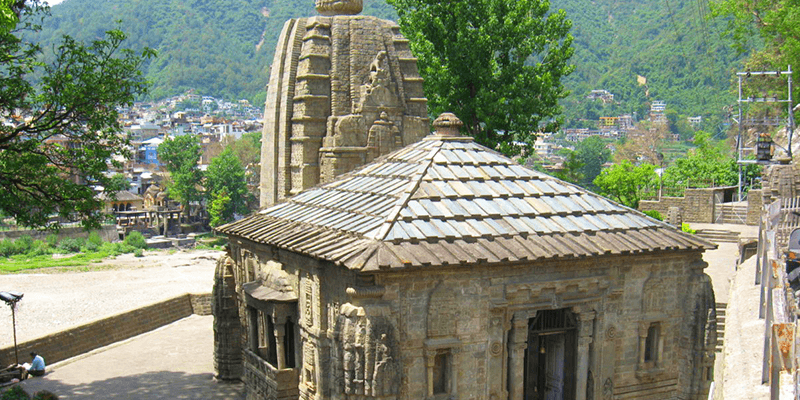
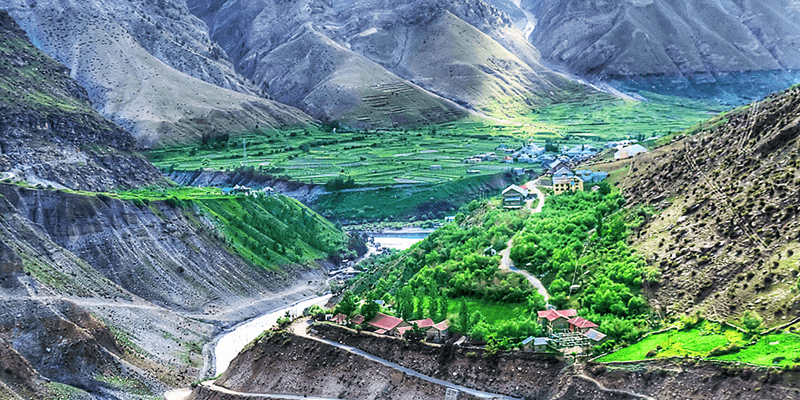
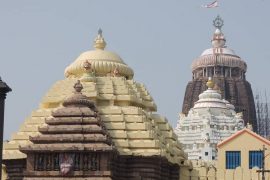
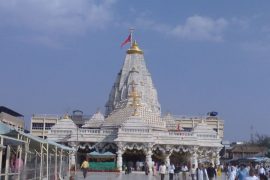
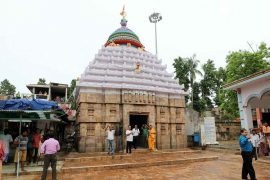
Comments are closed.